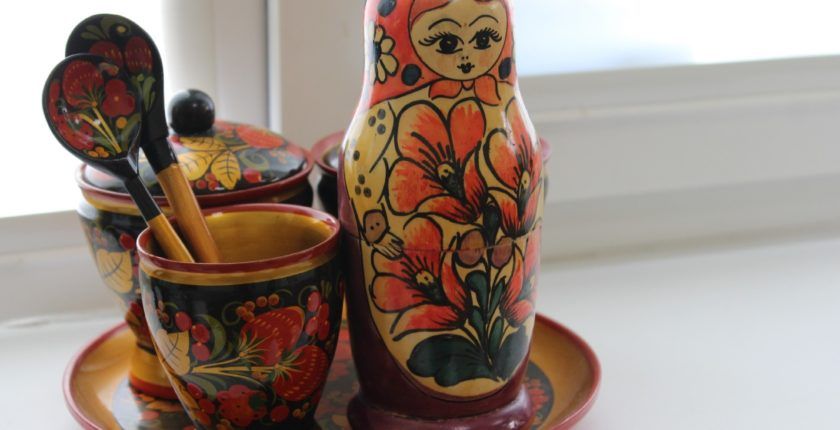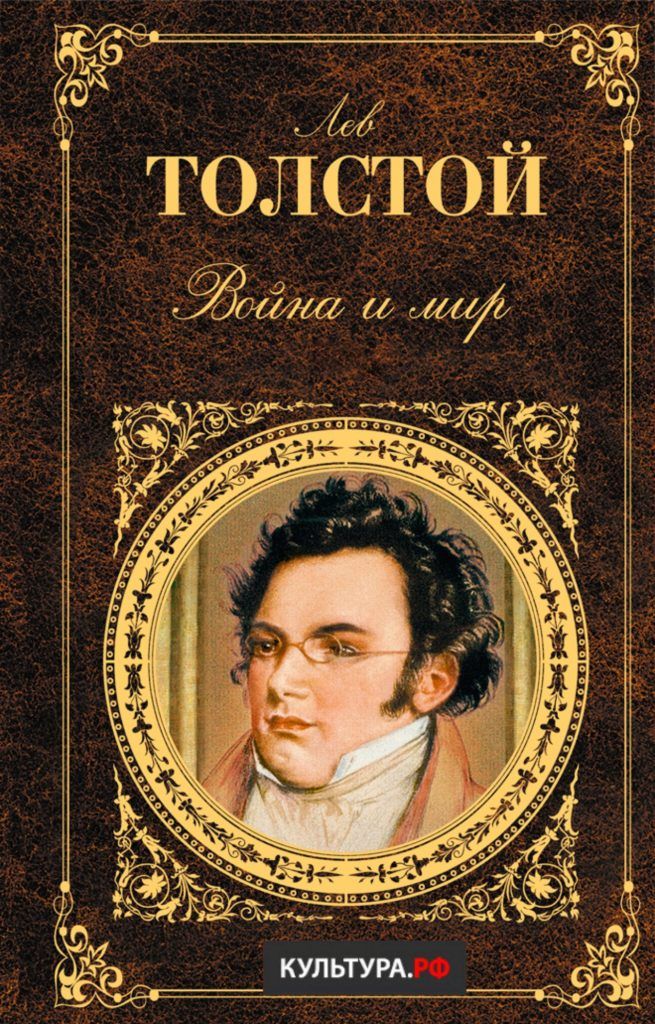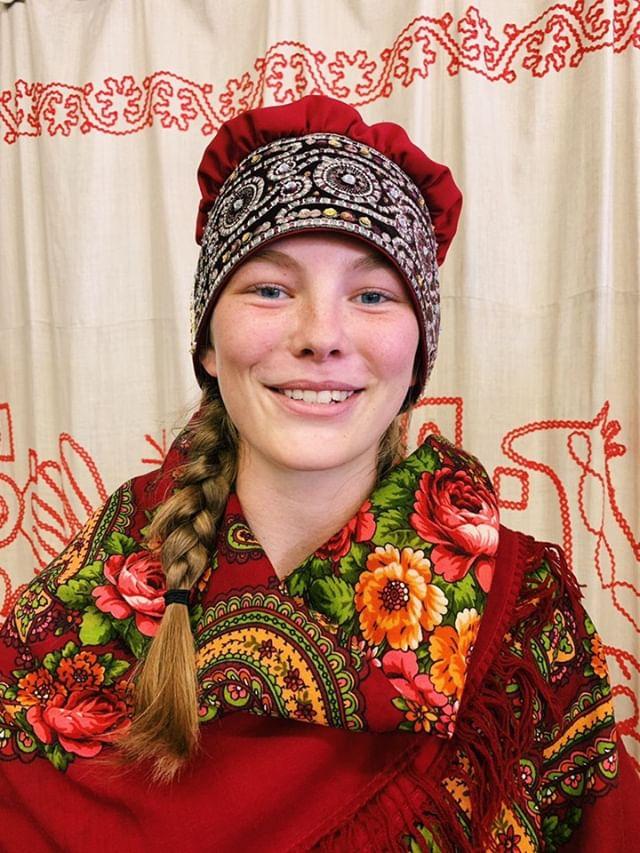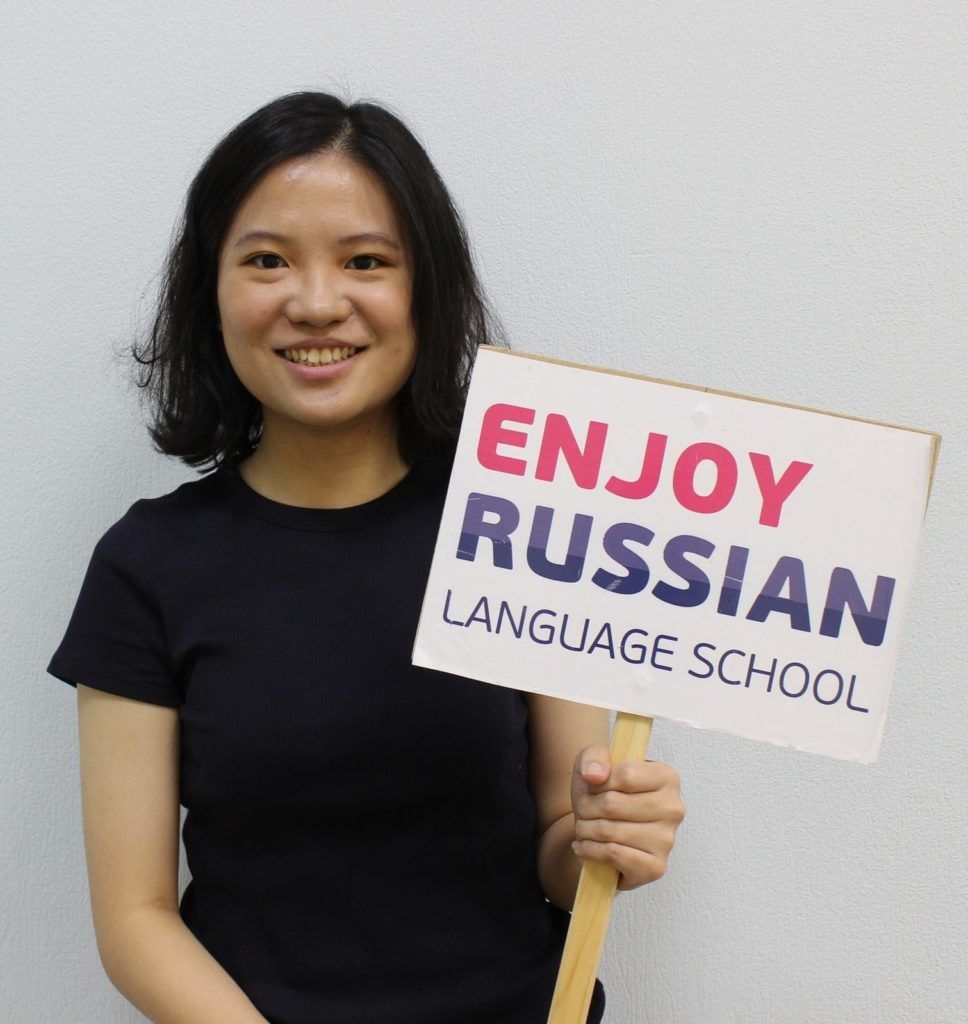
Published: 23.01.2021
The origin of the Russian language
The Russian language traces its origins all the way back to its prehistoric Indo-European roots. As the Slavic tribes began to settle in eastern Europe, their language began to differentiate into what is currently considered the Proto-Slavic tongue in the Early Middle Ages, which gave rise to the Slavic family of languages. Russian is one of the existing three main languages within the East Slavic sub-family, but it didn’t emerge as its own distinct tongue until the late Middle Ages; Standard Russian (based on the Moscow dialect) became the official language in the mid-1800s. Previously, East Slavic was essentially the same as “Old Russian” — the prototype of modern-day Russian, Ukrainian and Belarusian.
The Russian language traces its origins all the way back to its prehistoric Indo-European roots. As the Slavic tribes began to settle in eastern Europe, their language began to differentiate into what is currently considered the Proto-Slavic tongue in the Early Middle Ages, which gave rise to the Slavic family of languages. Russian is one of the existing three main languages within the East Slavic sub-family, but it didn’t emerge as its own distinct tongue until the late Middle Ages; Standard Russian (based on the Moscow dialect) became the official language in the mid-1800s. Previously, East Slavic was essentially the same as “Old Russian” — the prototype of modern-day Russian, Ukrainian and Belarusian.
Where In The World Is Russian Spoken?
Russian is the official language of Russia, Belarus, Kyrgyzstan, and Kazakhstan, and it’s considered an unofficial lingua franca in Ukraine and many former Soviet countries.
These include Azerbaijan, Estonia, Georgia, Latvia, Lithuania, Moldova, Tajikistan, Turkmenistan, and Uzbekistan. There’s also a notable contingent of Russian-speakers in Cyprus, Finland, Hungary, Mongolia, Poland, China, the U.S., and Israel. Essentially, if you’re anywhere in Eastern Europe, you can probably wing it with some basic Russian in your back pocket.
Russian is the official language of Russia, Belarus, Kyrgyzstan, and Kazakhstan, and it’s considered an unofficial lingua franca in Ukraine and many former Soviet countries.
These include Azerbaijan, Estonia, Georgia, Latvia, Lithuania, Moldova, Tajikistan, Turkmenistan, and Uzbekistan. There’s also a notable contingent of Russian-speakers in Cyprus, Finland, Hungary, Mongolia, Poland, China, the U.S., and Israel. Essentially, if you’re anywhere in Eastern Europe, you can probably wing it with some basic Russian in your back pocket.

“Где щи да каша, там и место наше!”
How Many People Speak Russian In The World?
As of 2010, there were roughly 166 million native Russian speakers in the world, placing it at number eight in the list of most widely spoken languages in the world. Among first languages, Russian accounts for 2.3% of the global population. However, Russian is a much bigger player on the Internet. As of 2013, it became the second most widely used language online — used on 5.9% of all websites. That places Russian just slightly ahead of German, but significantly behind English. At this rate, you might as well strike while the iron is hot and get your Odnoklassniki account now (it’s basically Facebook for Russians).
Why do People Learn Russian?
Well, who hasn’t wanted to labor their way through War and Peace in its original form?! Besides being extremely useful for conjuring a romantic, world-weary effect, Russian remains the most important common denominator for inter-ethnic communication in Eastern Europe. Plus, as mentioned above, it’s the largest native language in Europe. And even if you don’t intend to visit the former Eastern Bloc anytime soon, it’s still pretty cool to be able to pronounce “Raskolnikov” correctly. Ready to learn Russian? Always wanted to labor your way through War and Peace in its original form? We have a few Russian language courses on offer, including lessons delivered by Skype ????
As of 2010, there were roughly 166 million native Russian speakers in the world, placing it at number eight in the list of most widely spoken languages in the world. Among first languages, Russian accounts for 2.3% of the global population. However, Russian is a much bigger player on the Internet. As of 2013, it became the second most widely used language online — used on 5.9% of all websites. That places Russian just slightly ahead of German, but significantly behind English. At this rate, you might as well strike while the iron is hot and get your Odnoklassniki account now (it’s basically Facebook for Russians).
- Russian In The U.S. The Russian language first touched the shores of the modern-day United States in the 18th century, when Russian explorers arrived in Alaska. Today, there are roughly 900,000 Russian speakers in the U.S. out of our total population of 297 million, according to 2011 census data.
- In Europe. Russian is the most geographically widespread language in all of Eurasia, and it’s the most popular native language in Europe. Russian speakers number roughly 137.5 million in Russia, followed in popularity by Ukraine (8.3 million), Kazakhstan (3.8 million), and Belarus (3.2 million). Israel has the largest Russian-speaking population in the world outside of Europe and the U.S., with roughly 1.5 million Russian speakers.
Why do People Learn Russian?
Well, who hasn’t wanted to labor their way through War and Peace in its original form?! Besides being extremely useful for conjuring a romantic, world-weary effect, Russian remains the most important common denominator for inter-ethnic communication in Eastern Europe. Plus, as mentioned above, it’s the largest native language in Europe. And even if you don’t intend to visit the former Eastern Bloc anytime soon, it’s still pretty cool to be able to pronounce “Raskolnikov” correctly. Ready to learn Russian? Always wanted to labor your way through War and Peace in its original form? We have a few Russian language courses on offer, including lessons delivered by Skype ????



SIMILAR POSTS
Subscribe for Enjoy Russian news
DO YOU WANT TO RECEIVE THE BEST ARTICLES FROM ENJOYRUSSIAN ONCE A WEEK?
Contact us
We will select a Russian language course for your goals
Categories
Our Courses
We use cookies to provide the best site experience.
Ok, don't show again








